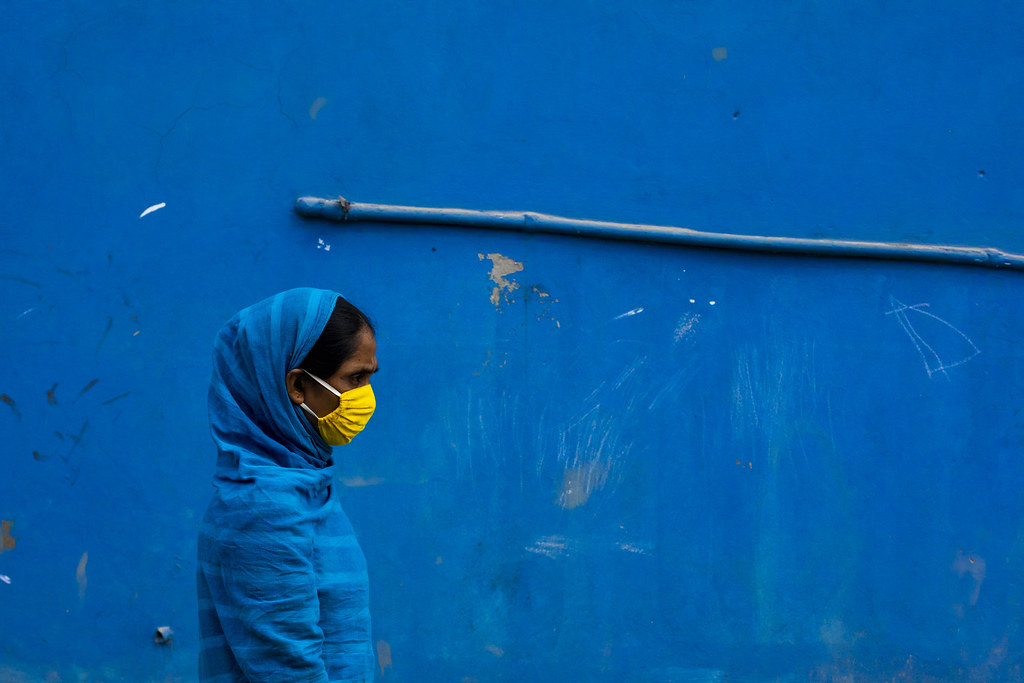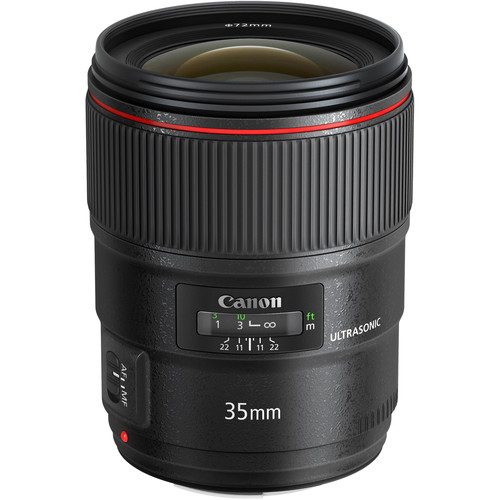Street Photography

Street photography is a genre of photography that captures candid moments in public places. It’s all about capturing everyday life, people, culture, and society within urban environments. What sets street photography apart is its emphasis on capturing moments as they naturally unfold, often without the subjects being aware they’re being photographed. This helps to preserve the authenticity and rawness of the scene.
Composition, timing, and a good understanding of light are crucial in street photography. Photographers often look for interesting juxtapositions, unique perspectives, fleeting expressions, or captivating human interactions. It’s not just about taking pictures but also about telling stories through visual elements present in the frame.
Ethics play a significant role too, as street photographers need to respect the privacy and dignity of their subjects while documenting life in public spaces. Many street photographers develop their own style over time, whether it’s focusing on capturing emotions, architectural details, cultural aspects, or social commentary.
Equipment-wise, some street photographers prefer to work with smaller, more discreet cameras to blend into the environment and capture genuine moments without drawing attention to themselves.
Overall, street photography is a vibrant and diverse art form that provides a unique perspective on the world around us. What aspects of street photography interest you the most?
The aesthetic of street photography is diverse and dynamic, often reflecting the rawness and authenticity of life in public spaces. Here are some key elements that contribute to its aesthetic:
Candid Moments: Street photography captures unposed and spontaneous moments. It thrives on authenticity, portraying people in their natural state without being aware of the camera’s presence. This candidness often reveals genuine emotions, expressions, and interactions.
Urban Environment: The streets, alleys, markets, and bustling cityscapes serve as the backdrop for street photography. These environments offer a rich tapestry of architectural details, cultural diversity, and everyday life.
Composition and Framing: Street photographers often play with composition, framing, and perspective. They might use techniques like leading lines, framing within a frame, or juxtaposition to create visually engaging images.
Light and Shadow: Utilizing natural light, shadows, and contrasts is essential in street photography. It adds depth, mood, and drama to the images, emphasizing certain elements and creating visual interest.
Storytelling: Each street photograph tells a story. It could be a fleeting moment, a slice of life, or a social commentary. The visual narrative created by the composition and subjects invites viewers to interpret and connect with the image emotionally or intellectually.
Human Element: Whether the focus is on people, their interactions, emotions, or expressions, the human element is often central to street photography. It’s about capturing the essence of humanity in diverse situations.
Decisive Moment: Henri Cartier-Bresson, a pioneer in street photography, coined the term “decisive moment.” It refers to capturing the peak moment that encapsulates the essence of the scene. Timing is crucial in seizing these decisive moments.
Black and White vs. Color: Street photography can be depicted in both black and white or color. Black and white often emphasizes mood, shapes, and contrasts, while color can add vibrancy and realism to the scenes.
These elements come together to form the distinctive aesthetic of street photography, creating visually compelling images that reflect the beauty, diversity, and intricacies of the world around us.
The art of street photography lies in capturing the essence of everyday life in public spaces, transforming ordinary moments into extraordinary images. Here are some aspects that contribute to mastering this art:
Observation and Awareness: Street photographers develop a heightened sense of observation and awareness. They keenly observe their surroundings, anticipating moments that might unfold and having the patience to wait for the right shot.
Storytelling: Successful street photography often tells a story or captures a specific mood, emotion, or social commentary. It’s about evoking feelings or thoughts in the viewer, conveying the atmosphere and essence of a moment.
Composition and Framing: Knowing how to compose a shot within the chaos of the street is an art. Understanding principles like leading lines, framing, balance, and using negative space effectively contributes to impactful images.
Technical Skill: Mastering the technical aspects of photography, such as understanding exposure, depth of field, and using the camera settings effectively, is crucial. It allows photographers to adapt swiftly to changing conditions.
Timing and Patience: The ability to anticipate and capture the decisive moment is a hallmark of street photography. It involves patience, timing, and sometimes taking multiple shots to get that perfect frame.
Connection and Empathy: Building a connection with the subjects without disturbing the natural flow of the scene is an art. It requires empathy and respect for the people being photographed, often without their explicit consent.
Adaptability: Street photographers need to adapt quickly to changing situations, lighting conditions, and unexpected elements that come their way. Flexibility in approach and a willingness to experiment are key.
Developing a Style: Over time, street photographers develop their unique style, whether it’s focusing on a specific theme, using a particular editing technique, or capturing moments from unusual angles. This personal touch distinguishes their work.
Ethical Considerations: Respecting the privacy and dignity of subjects is crucial. Street photographers navigate ethical boundaries and often seek to portray their subjects respectfully while documenting public life.
Street photography is not just about taking pictures; it’s a form of artistic expression that reflects the photographer’s vision and interpretation of the world. It requires a combination of technical skill, artistic sensibility, and a deep understanding of the human condition to capture compelling images in the chaos of everyday life.

Famous Street Photographer
Henri Cartier-Bresson
Dorothea Lange
Lee Friedlander
Helen Levitt
Bruce Gilden
William Klein
Daidō Moriyama
Eugène Atget
Walker Evans
Elliott Erwitt
Brassaï – Gyula Halász
Robert Frank
Garry Winogrand
André Kertész
Fan Ho
Vivian Maier, USA
Robert Doisneau
Saul Leiter
Jill Freedman
Hasan Chandan, Bangladesh
Street Photography Book
- David Gibson – The Street Photographer’s Manual
- Sophie Howarth and Stephen McLaren – Street Photography Now
- Colin Westerbeck and Joel Meyerowitz – Bystander: A History of Street Photography
- David Gibson – Street Photography: A History in 100 Iconic Images
- Gordon Lewis – Street Photography: The Art of Capturing the Candid Moment
- Daidō Moriyama – The World Through My Eyes
Video
- Legendary photographer Steve McCurry still gets shy approaching strangers on the street
- Magnum in Motion: Steve McCurry
Lnes
